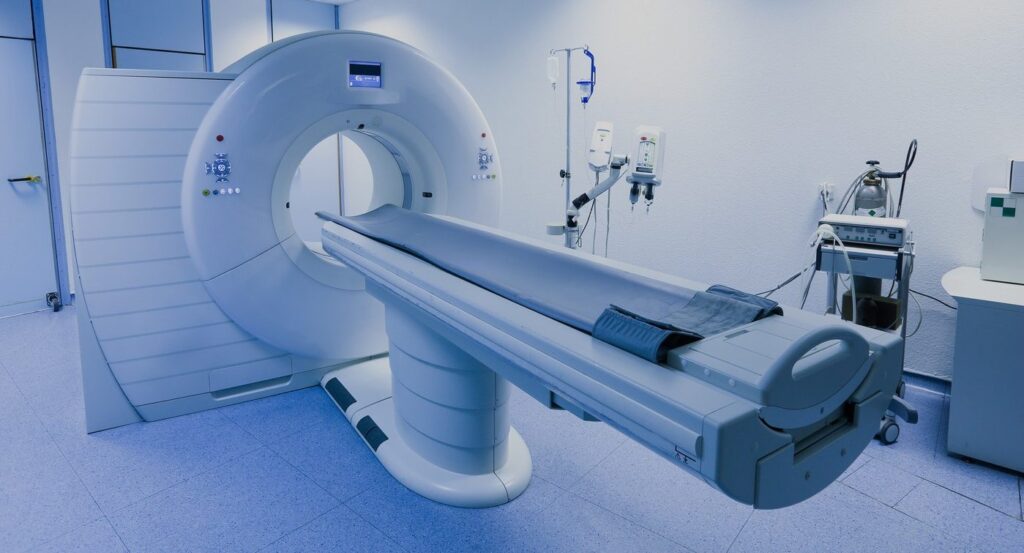EU MDR and IVDR deadline extension: what you should know
MDR, which came into force on May 26, 2020, and set the regulatory framework for the authorisation process of medical devices on the EU market, had a transition period of four years. Its counterpart IVDR regulation, which came into force on 26 May 2022, had a 2-year transition period.
However, it turned out that it takes longer than expected for the market to adjust to the new regulation. In the 9 December 2022 session of the Employment, Social Policy, Health and Consumer Affairs Council (EPSCO), the European Commission proposed to delay the transitional deadline for medical devices under the Medical Devices Regulation as well as for IVDR implementation.
Why was the transition period extended and what is the new deadline for each class of medical devices? Read on to find out.
The reason for the EU MDR deadline extension
As discussed at the European Council meeting, the market slowdown caused by the pandemic, the shortages of raw materials due to the Russian war in Ukraine, and the low capacity of notified bodies impacted the dynamics of adjusting to the new requirements.
Although the number of notified bodies has increased to 36, their capacity is still insufficient to handle the outstanding conformity assessments that must be completed before the transitional period expires. The number of notified bodies designated under IVDR is 8, which is considered a “grave” shortage of notified body capacity. If the deadline remained the same, it was forecasted that even 22% of tests currently on the market would be lost in the transition to IVDR and many more might not be certified in time.
Furthermore, a substantive number of applications received by the notified bodies are insufficient to obtain the certification. The requirements often remain unclear, despite guidelines published by the Medical Device Coordination Group.
Given the ongoing situation, members of the European Council were concerned that the current deadline could cause widespread shortages of life-saving medical devices and the decision was made to extend it.
What is the new EU MDR transition deadline?
The deadline for high-risk class III and class IIb medical devices is extended to 2027 and to 2028 for lower-risk class I and class IIa medical devices.
The extension applies only to devices that don’t pose any unacceptable risk to health and safety and haven’t had any major changes to the design or purpose. It is yet unclear how the conditions to be entitled to an extended deadline will be executed.
What is the new transition period deadline for IVDR?
Regarding the IVDR, the transition period is extended to May 2027 for the lowest-risk class B and class A sterile in vitro diagnostic devices. The transition period for high-risk class D devices is extended to May 2025 and for moderate-risk class C devices to May 2026.
The new deadlines give manufacturers more time to get their products certified, while in the meantime, more notified bodies will increase their capacity.
The IVDR itself, however, is not postponed. The regulation will apply in full to CE-marked in vitro diagnostic medical devices that don’t require the involvement of a notified body (class A non-sterile devices and new IVDs that are not covered by a certificate or a manufacturer’s declaration of conformity issued prior to IVDR’s entering into force). The manufacturers will still have to adjust to certain requirements for vigilance and market surveillance, even if their products are subject to the extended transitional period.
Our experts will help you transition to the EU MDR
Find out moreWhat has been done to minimise the impact of the EU MDR transition deadline delay?
There have been proposed measures to increase the capacity of notified bodies and their preparedness without lowering the requirements. The paper prepared by the Medical Device Coordination Group (MDCG) is divided into three categories, including what steps can be taken to increase the capacity of notified bodies, increase the access to notified bodies and other steps that can streamline the transition to MDR and IVDR.
As a solution to increase the capacity, it was proposed that notified bodies should make use of hybrid audits when conducting conformity assessments of sponsor products. This approach should help streamline application reviews and remain in compliance with the regulations. Also, notified bodies are encouraged to develop a framework for leveraging evidence or components from previous assessments under regulations to make work more efficient.
Regarding the legacy devices, the MDCG recommended that there should be flexibility in reviewing them, provided they are safe and effective. MDCG is working on guidance on legacy and orphan devices that will help reduce regulatory ambiguity.
Since, for many small and medium-sized enterprises, getting a device to market entails many administrative burdens, MDCG called on notified bodies to step up communication with manufacturers by means of webinars, workshops and informative sessions.
Additionally, to help companies navigate through the transitional period, the European Commission published in the following guides:
- Guidance on appropriate surveillance regarding the transitional provisions under Article 120 of the MDR with regard to devices covered by certificates according to the MDD or the AIMDD
- MDCG position paper on ‘hybrid audits
Our experts will help you transition smoothly to the EU MDR
Our consultants have vast experience in the medical device industry and in-depth knowledge of the MDR and IVDR regulations. We offer assistance in conducting an independent audit to check your readiness for compliance with the new regulation and in reviewing the documentation of your medical device against the MDR requirements. We’ll help you find areas that aren’t yet compliant with MDR through a gap analysis. Together we’ll then discuss how the issues can be addressed in the most convenient and beneficial way for your company.
We’ll ensure that your medical software is properly classified by analysing its Intended Use and determining whether it qualifies as a medical device. We’ll also help you in adjusting and preparing a MDR-compliant Technical File for your product.
We advise on the introduction of processes required by the MDR and IVDR regulations, e.g. risk analysis or PMS. We also help prepare market entry strategy for single products and entire product families. Clients can count on our advice during the certification process and our support in fixing issues related to nonconformities as we have a proven track record of successfully introducing medical products onto the market.
For more information, see our MDR consulting offering page and get in touch with our consultants.
About the author




